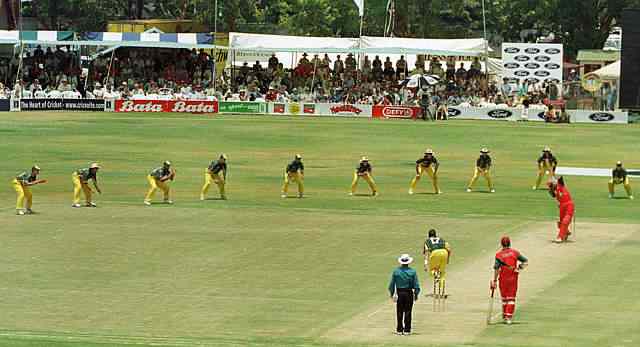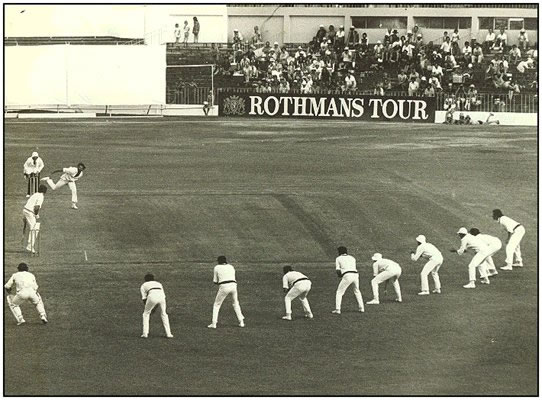28 years after Kapil Dev led an unfancied India to a sensational World Cup triumph at the Lord’s 25th June 1983, M. S. Dhoni led a thoroughly efficient Indian outfit to repeat the feat.
When Kapil won:
- I was as old as my son Aikataan is at present: not yet 5.
- Colour TVs weren’t in vogue in India. You had to place an order for one and it could take up to a few months to get one, as my father found out when he tried to buy one before the LA Olympics in 1984.
- The only sport where India had previously made a mark internationally was hockey, where it had won the Olympic gold medal 8 times (3 times as British India, including Pakistan). This happens to be a record not yet broken.
- ODI matches in cricket had 60 overs a side and they were played in whites with a red cricket ball.
- Cricket World Cups were named after their chief sponsors. The 1975, 1979 and 1983 trophies were called the Prudential World Cup, the 1987 trophy was called the Reliance World Cup, in 1992 it was the Benson & Hedges World Cup and in 1996 it was the Wills World Cup. Only from 1999 did the trophy start being called the ICC World Cup.
- India were beyond rank outsiders, quite in contrast to being the favourites this year. In fact David Frith, the founder-editor of the Wisden Cricket monthly had claimed he would eat his words if India won the World Cup. He famously kept his word.
- Broadcasters were too few and Kapil’s breathtaking knock of 175* against Zimbabwe was lost forever due to a BBC strike.
- The Man of the Match for the Finals took home £600. In contrast the BCCI has promised $200,000.00 to each member of the winning team this year.
- There was no concept of a Man of the Series.
I haven’t a recollection of the 1983 World Cup (we didn’t have a TV then), and I am pretty sure Aikataan is too young to have a recollection of his parents celebrating this World Cup. One of our lighter moments throughout the World Cup was getting him to say “India will win”, or “India has won”. Whoever the opponent – Australia, Pakistan or Sri Lanka, he was always giving two thumbs down to India and saying that the other team would win. The superstitious lot that we are, whenever India’s fortunes were on the downturn my wife and I prodded him for his opinion as to who the winner would be. He would promptly answer “Sri Lanka” and immediately there would be something good happening for India.



